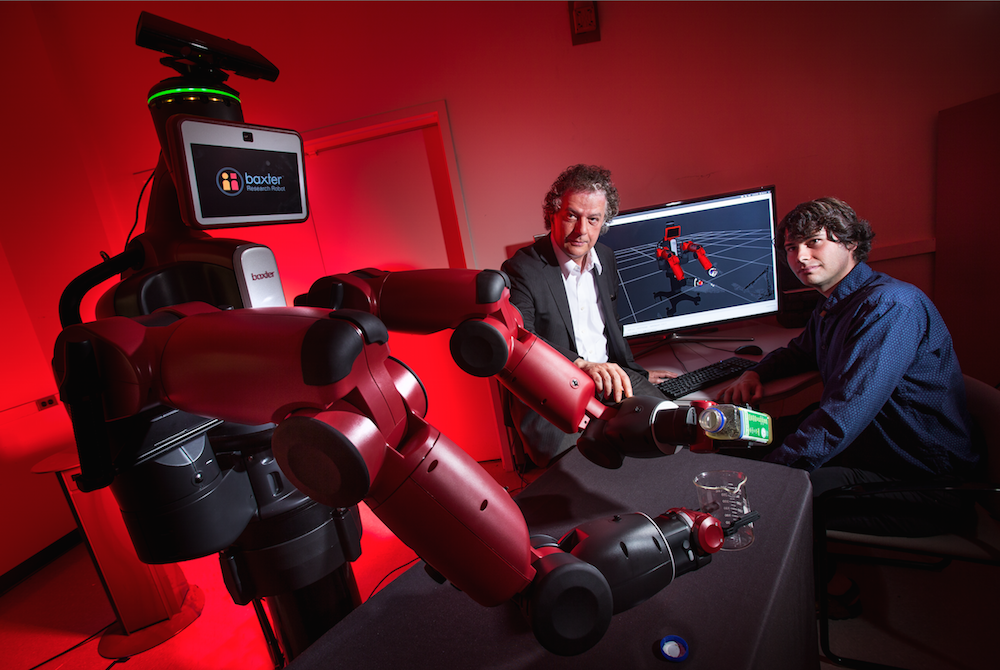Chef Bot? Robot Learns Cooking from YouTube Videos

The U.S. military may not be known for its haute cuisine, but it's developing a new robot that can learn how to cook from watching YouTube videos.
Using its brainy programming, the robot is capable of recognizing how kitchen utensils are used in the videos, and can accurately replicate those actions without human intervention, according to the study, which was funded by the Defense Advanced Research Projects Agency (DARPA).
It's not entirely clear why the Army has an interest in robots that can cook, but cooking requires a wide variety of actions that future service robots will need to learn, said researchers at the University of Maryland, College Park, who led the study. [Humanoid Robots to Flying Cars: 10 Coolest DARPA Projects]
Existing robots are already pretty good at recognizing objects or patterns, but it's much harder to interpret visual information and perform actions based on it, DARPA officials said.
The agency has now "taken the next step" by developing a robot that processes visual information and translates it into actions, Reza Ghanadan, a program manager in DARPA's Defense Sciences Offices, said in a statement.
The team trained the robot by using a database of YouTube cooking videos shot from a third-person perspective. At one level, the robot's "brain" was powered by two learning algorithms, or neural networks: one system for recognizing objects, and one for classifying the type of grip used to handle the object. At a higher level, the robot's software allowed it to use its knowledge to mimic the actions in the videos.
The robot was able to teach itself to follow the cooking videos with a high degree of accuracy, correctly recognizing objects 79 percent of the time, accurately recognizing the way objects were grasped 91 percent of the time, and predicting the correct actions 83 percent of the time, according to DARPA.
Get the world’s most fascinating discoveries delivered straight to your inbox.
In addition, the robot could also remember some of what it learned — for example, which grip type was used with a particular object — and could potentially share that knowledge with other robots, Ghanadan said. "This learning-based approach is a significant step towards developing technologies that could have benefits in areas such as military repair and logistics," she added.
The research was presented Jan. 29 at the 29th meeting of the Association for the Advancement of Artificial Intelligence.
Follow Tanya Lewis on Twitter. Follow us @livescience, Facebook & Google+. Original article on Live Science.



